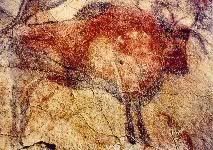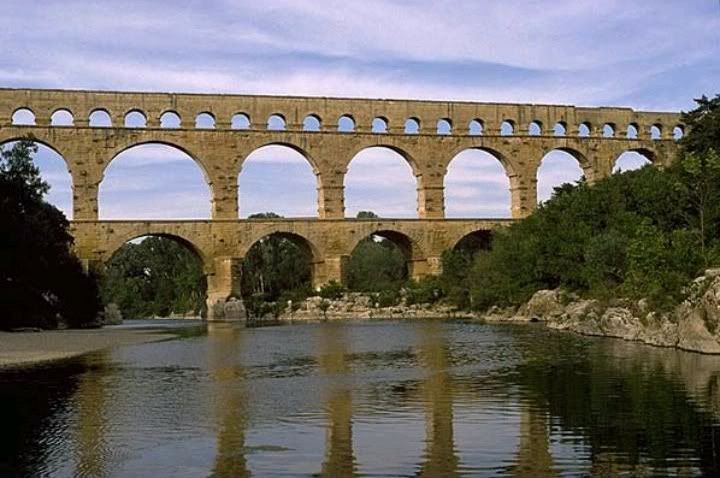 Many of the brushes that were used to paint theses magnificent paintings were made of twigs, feathers,hair, fur, and moss. Not only did this culture produce great art, but as you can see were also very resourceful with the materials around them.
Many of the brushes that were used to paint theses magnificent paintings were made of twigs, feathers,hair, fur, and moss. Not only did this culture produce great art, but as you can see were also very resourceful with the materials around them.Chapter one also explained the beginning and forming of the Strait of Gibraltar, between Spain and Africa. This geological location was were 800,000 year old caverns and human fossils were discovered. This remarkable collection is the earliest evidence of hominids in Europe, and we were deemed as Homo antecessor.

As I read on in Chapter two, the Romans came into the picture. The Romans ruled the Iberian Peninsula for six centuries in which they called Hispania, The magnificent two thousand old Aqueduct which stands brilliantly in Segovia is one way to capturing the spirit of Spain's Roman heritage. The unique architecture of the arch was also a major part of the Roman's conquest of Spain. The Romans also brought language, a legal system, and the religion of Christianity. Christianity however did not spread quickly, the prosess was ongoing for two centuries.

